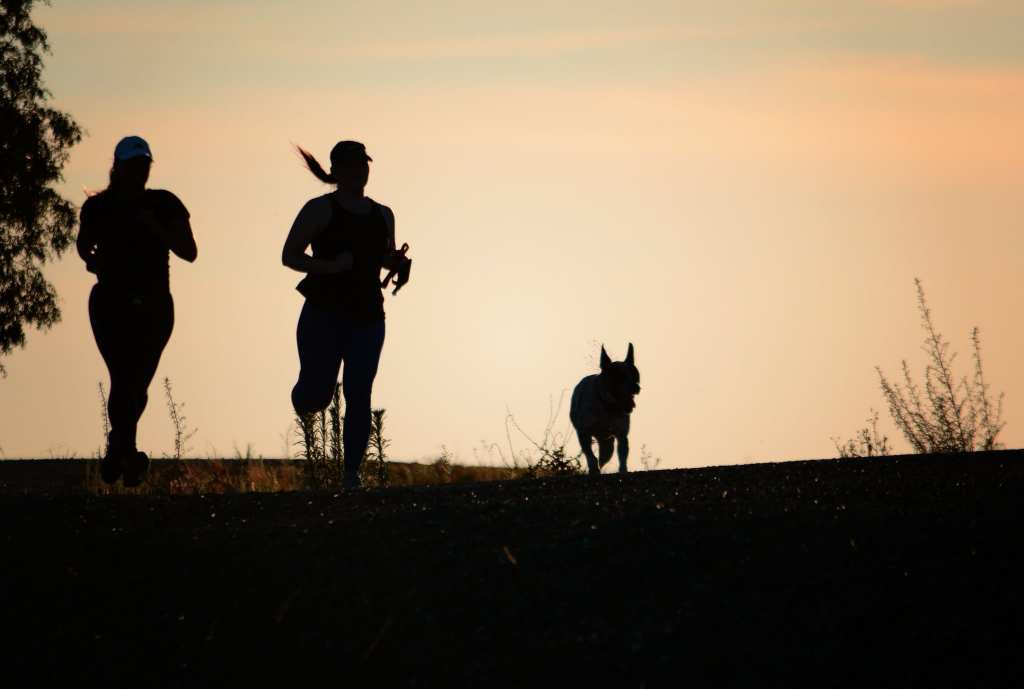Lots of dogs enjoy running with their owners and many happily keep up the pace. Some dogs, though, look like they’re trying way too hard to keep up and don’t look very happy at all. Not that they could tell you. Dragging an unhappy or unsuited dog on a run is, at best, mean to your pet, and, at worst, can have deadly consequences.
While some people say dogs are only good for short energy bursts, others say the long-range exercise is good for them and keeps excess weight off. Before you take your pal on another session around the neighborhood, there are a few factors you should consider.
Here are four things you need to think about when you take your dog with you on a run.
1. The breed of your dog.
Large breeds with long legs are the best breeds suited for keeping up with you for long periods of time. Dogs like these will be your huskies, border collies, labradors, dalmatians and other working type breeds. Greyhounds, pitbulls, beagles and English Setters are good for short bursts of speed like sprinting.
Brachycephalic dogs–dogs with short noses–like bulldogs, pugs, boxers and shih tzus will overheat easily and struggle with breathing, so they shouldn’t ever be taken on runs.
Also consider the length of your dogs legs. Short legged dogs like dachshunds shouldn’t run with you either.

Photo Credit: Piqsels
2. How old is your dog?
Neither puppies nor senior dogs should be taken on runs. If your pup’s growth plates aren’t yet closed, extended runs can cause permanent damage. Big breeds take longer to develop too.
Consult your veterinarian before trying to run with your dog. Senior dogs get the same aches and pains as do the rest of us as we age. Consider leaving them at home too.

Photo Credit: Needpix
3. How healthy is your dog?
Take into account your dog’s overall health and consult your veterinarian for breed specific problems before bringing him along on your regular runs.
Like people, your dog should have some warm up time. Also, he’ll need to slowly build up stamina just like you should. Bring along water for him too.
And, don’t take him running after a big meal as it could cause life-threatening problems like Gastric Dilatation and Volvulus Syndrome.

Photo Credit: Pickpik
4. What’s the weather like?
Make sure your dog’s coat, breed and paws can handle the outdoor climate. If you think your dog can tolerate what’s going on outside but could use extra protection, you can buy coverings for her body and paws.
And if it’s hot, try to lay the back of your hand on the pavement for at least five seconds. That’s how it will feel to your dog’s paws as you run. Then you can make informed decisions on whether to take her or not.

Photo Credit: Flickr
Finally, check in with your dog (at least as often as you check your Fit-bit). He can’t tell you if he needs a break or a drink. But since you’ve chosen him to be your exercise partner, it’s up to you to make sure he’s getting his needs met too.
Running with your dog can be a fun way to stay in good health. Just make sure your dog is having fun and staying healthy too.






